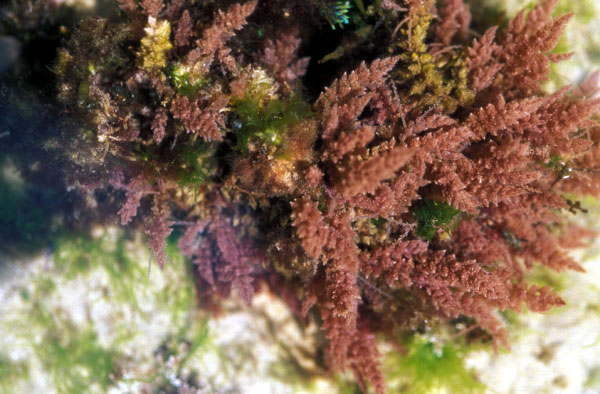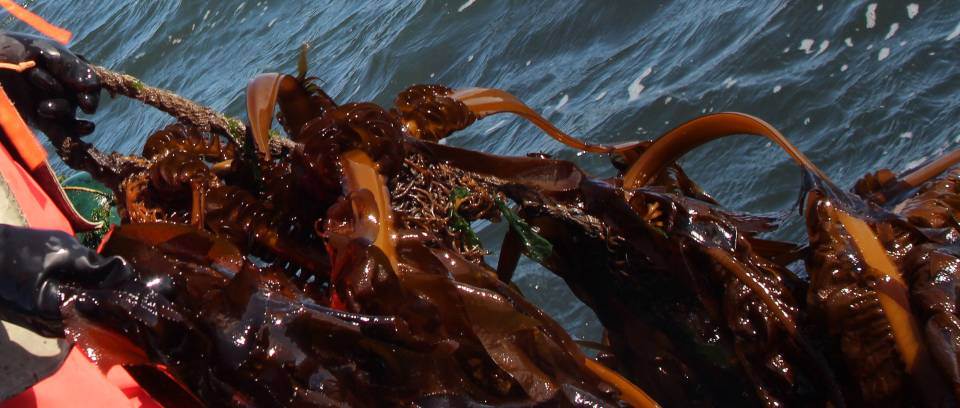In Malaysia, the uses of water for domestic, commercial and industrial purposes is increasing considerably, resulting in a rapid increase in the wastewater volume and pollutants. The mariculture industries are also facing the same problems. This research focuses on the impact of shrimp farming activities on the environment. The continuing discharge of contaminants from the pond obviously shows that no concern to conform with environmental regulations and good farming practices. Therefore, an efficient treatment system must be developed to improve the water quality at low operational cost and environmentally viable. In the present study, the performance of Gracilaria changii and Gracilaria edulis as biofilters for nutrients removal from shrimp pond in a laboratory scale and outdoor environment were assessed. The outdoor experiments were conducted in an Outdoor Recirculating Culture System (ORCS). The water flow rate was 200 L/hr. In the laboratory batch culture experiments, both species demonstrated considerably high nutrient removal efficiencies for ammonium, nitrate and phosphate concentrations. The removal efficiencies were 72.5%, 58.8% and 45.9% for G. edulis, and 71%, 56.8% and 43.5% for G. changii, respectively. The mean specific growth rate (SGR) for G. edulis was 3.5 ± 1.0 % day-1, while G. changii was 3.3 ± 0.9 % day-1. As for experiments conducted in ORCS, the nutrient removal efficiencies for ammonium, nitrate and phosphate were 86.2%, 59.3% and 52.0% for G. edulis, and 78.1%, 55.5% and 65.9% for G. changii, respectively. The mean SGR for G. edulis was 3.91 ± 1.0 % day-1 and G. changii was 3.69 ± 0.6 % day-1. The removal efficiency and SGR of G. edulis and G. changii in ORCS were higher compared to the laboratory batch culture experiments. The efficiency of biosand filters (BSF) to reduce total suspended solid, turbidity and chlorophyll-a of shrimp pond water was also assessed. The results showed that total suspended solid, turbidity and chlorophyll-a concentrations decreased significantly. The BSFdepicted 70.6%, 70.0% and 60.0% efficiencies in the reduction of TSS, turbidity and chlorophyll-a, respectively. The integration of shrimp culture with G. edulis in ORCS was conducted as well, and the study proved to be successful. Results showed that shrimp and seaweed grew well in the system. The mean SGR for shrimp and G. edulis were 1.31 ± 0.76 % d-1 and 4.4 % d-1, respectively. High survival rate of shrimp (91%) was observed in the treatment unit. The design considerations, the combination of cultured species and application of G. edulis as biofilter in this study provides useful information for aquaculture field. The findings include improvement of shrimp water quality to an acceptable level that ultimately enhances shrimp and seaweeds productivity and produces an ecologically sustainable treatment and cultivation system.





